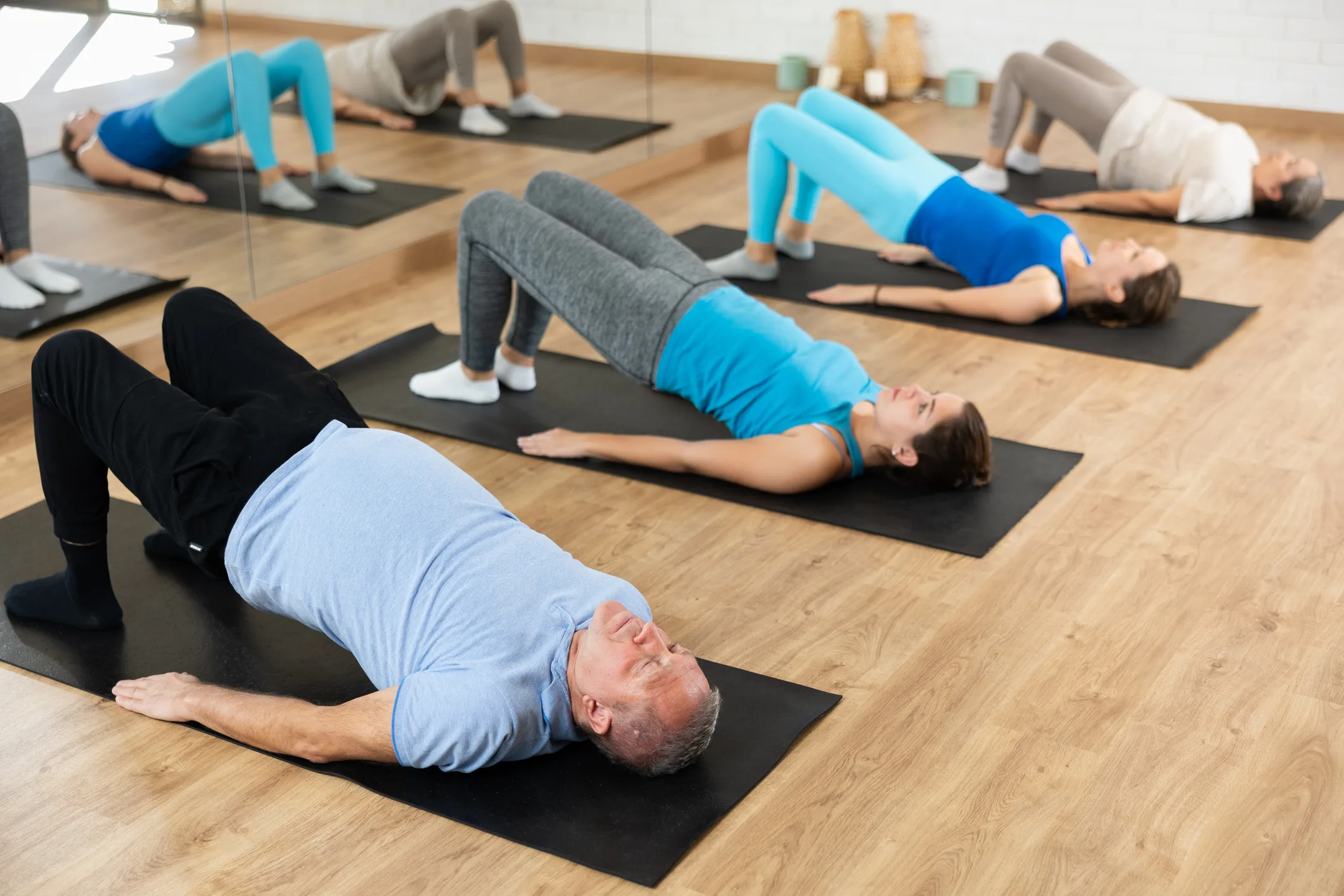For most of our lives, we’ve walked forward without a second thought. But what if the key to a better, more effective workout was to simply reverse course? A new trend is sweeping social media, and while it might look a little strange, walking backward—or “retro-walking”—is a powerful, low-impact exercise that fitness experts and physical therapists have praised for years. This isn’t just a gimmick; it’s a legitimate way to challenge your body, burn calories, and even relieve pain.
Ready to give it a try? The first thing you’ll notice is that it’s no walk in the park. Going in reverse instantly changes the game. Your muscles, balance, and mind have to work in a whole new way, making for a surprisingly intense and engaging workout.
Engaging Different Muscles
Walking backward forces you to stand taller, and your body’s major muscle groups suddenly have to adapt. Instead of the usual forward motion, your glutes, shins, and the muscles in your feet and ankles are forced to take on more of the load. While your calf muscles usually shorten when you walk forward, they lengthen and bear your body weight when you move in reverse. This subtle but significant change is what makes it so effective.
One of the biggest benefits is the targeted work on your quads, the muscles on the front of your thighs. A study found that people who walked backward showed improved quadriceps strength. Since the quads are key to knee extension, this can be especially helpful for people dealing with knee pain. By strengthening these muscles, you’re building a stronger support system for your joints.
A Smart Choice for Injuries
Retro-walking has a long history in physical therapy and rehabilitation. It’s an ideal way to exercise without putting too much stress on your joints, particularly your knees and lower back. Because you’re pushing off the ground rather than landing with a heavy impact, it offers a gentle way to stay active. One study showed that people with knee osteoarthritis who followed a retro-walking program had less pain and improved function. Another found it helped alleviate symptoms of plantar fasciitis, a common cause of heel pain.
It’s also a great tool for athletes. A study with athletes found that backward walking reduced lower back pain and improved overall function. Whether you’re recovering from an injury or just looking for a low-impact way to stay fit, walking backward can be a powerful part of your routine.
Better Balance and Flexibility
Walking backward also provides a major boost to your balance and flexibility. Many of us spend our days sitting, which can lead to tight hip flexors and a hunched posture. When you walk in reverse, you naturally stretch these muscles, helping you stand straighter and improving your overall flexibility.
It’s a great workout for your brain, too. We rely on three systems to maintain our balance: our eyes, our muscles and joints, and our inner ear. When you walk backward, you lose the visual cues of what’s ahead, forcing your other two balance systems to kick into high gear. This sharpens your ability to stay upright and can significantly improve balance control, which is particularly important for older adults who are at a higher risk of falls.
How to Get Started Safely
Ready to give it a try? Safety is key. If you have access to a treadmill, it’s a great place to start because it’s free of obstacles. If you’re heading outside, find a safe, open space like a walking track or an empty field. You can also partner up with a friend, with one person walking forward to act as a guide for the person walking backward.
Remember, you won’t be as fast walking backward as you are going forward. Start slow and easy, maybe just 5 to 10 minutes at a time. As your body gets used to the new motion, you can gradually increase your speed and time. It might feel a little awkward at first, but with a little practice, retro-walking can become a fun and effective way to move your body in a whole new direction.











